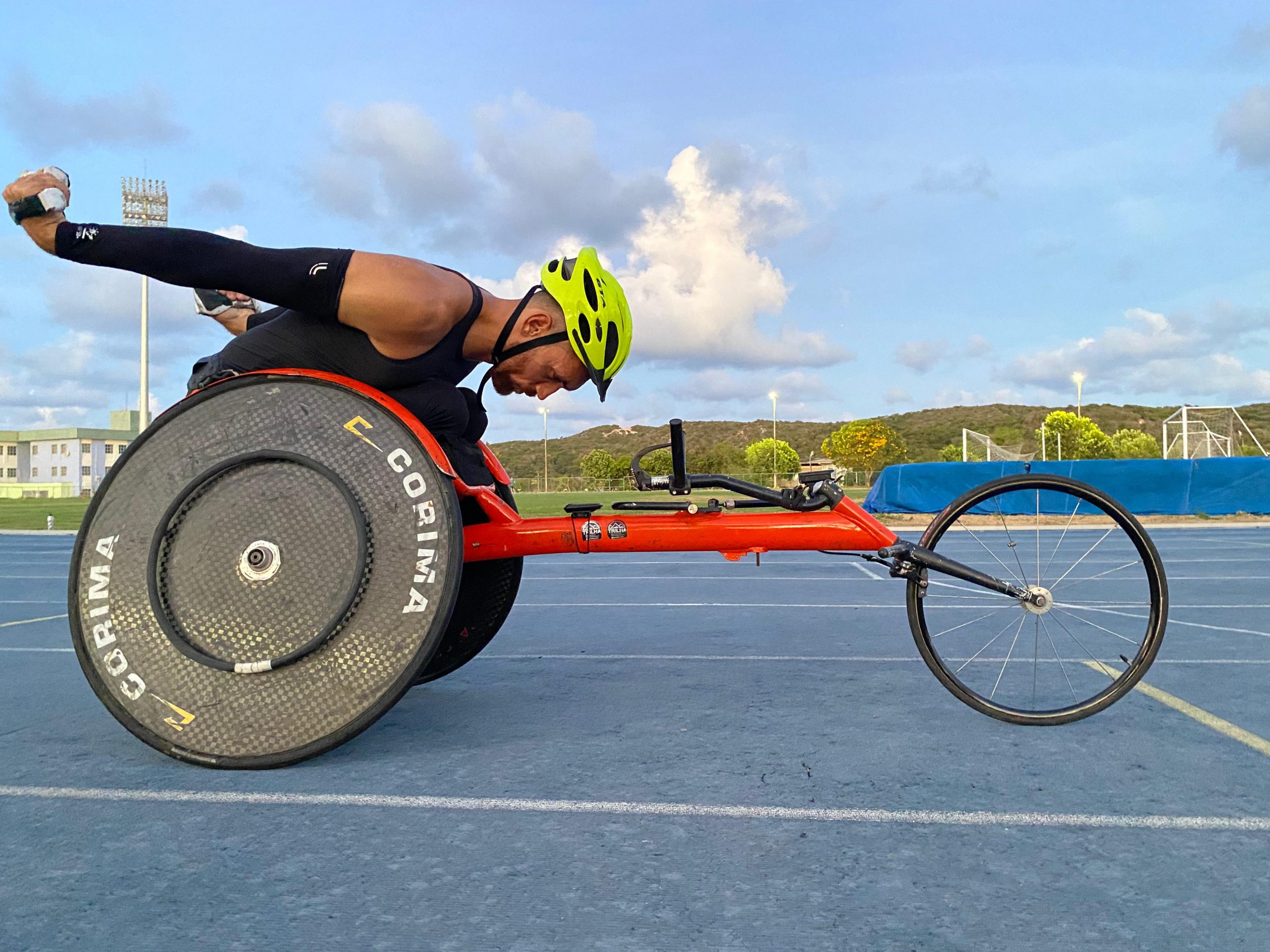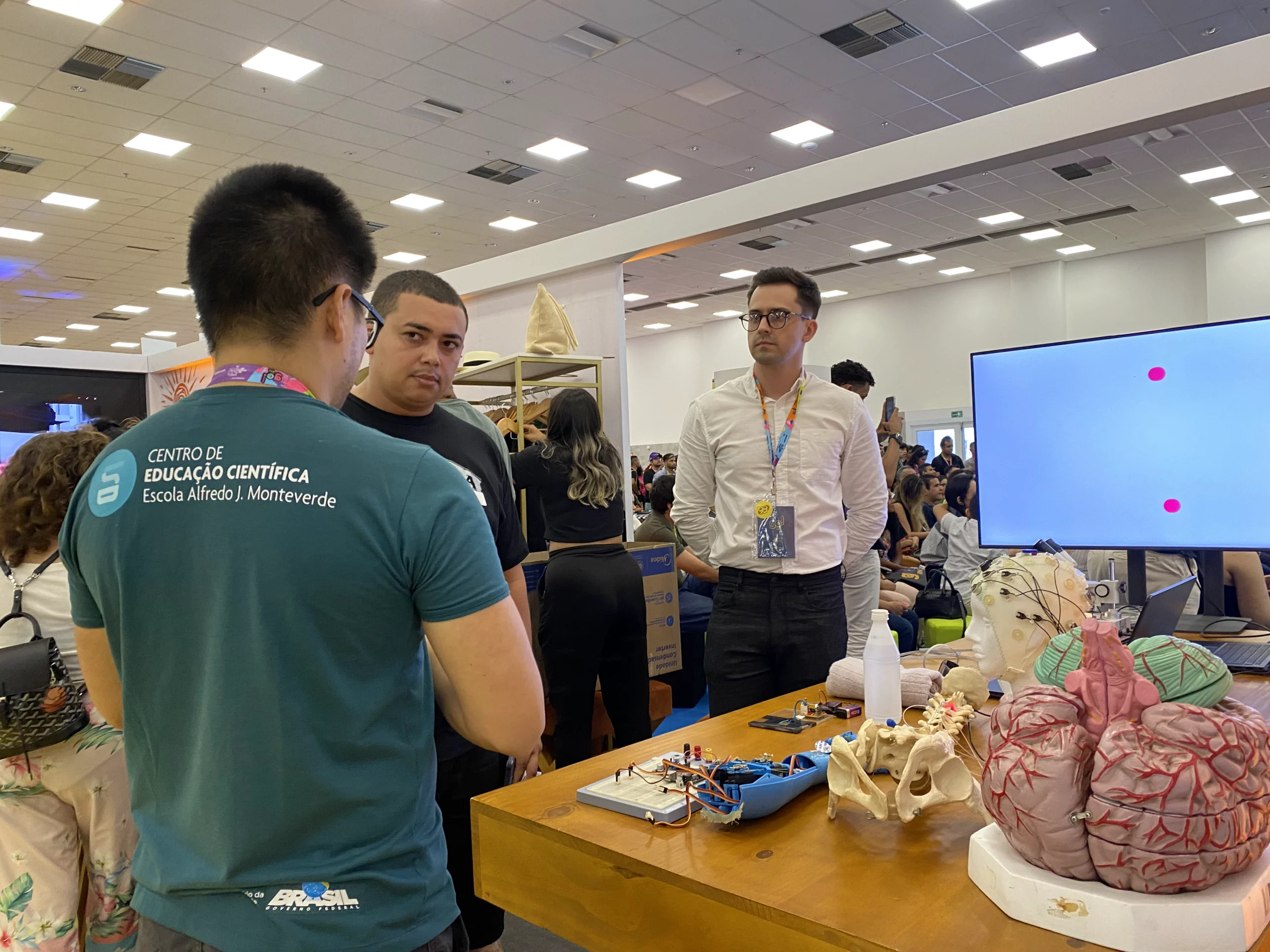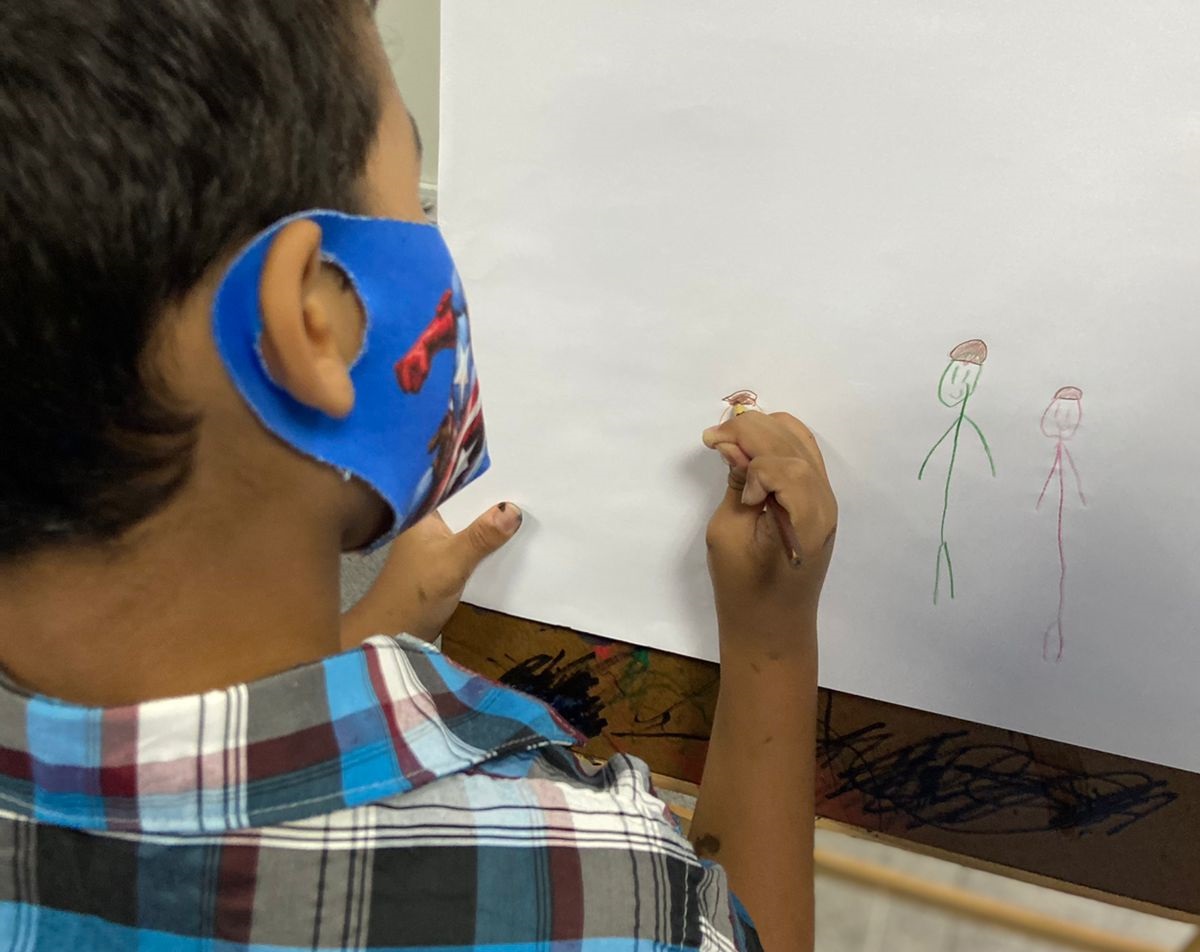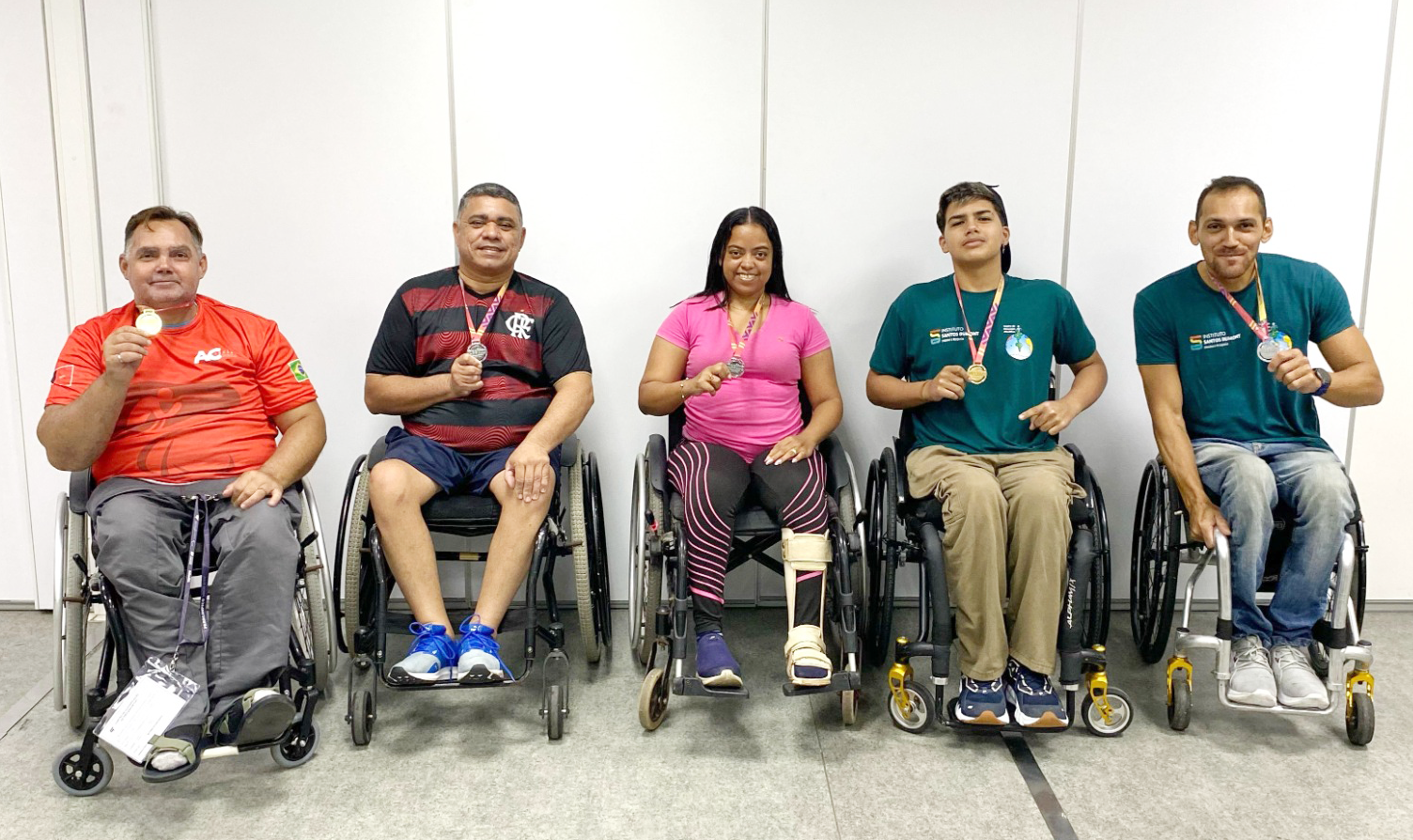- Rehabilitation
- brain-brain interface
- Prostheses and orthoses
- Biocompatibility
- neurodegenerative diseases
- Neurodevelopmental diseases
- psychiatric illnesses
- Cognition
- computational neuroscience
- Biological signal processing
Brain-brain interface: This line of research is an entirely new approach to using brain-machine interfaces. At the brain-brain interface (BCI), microelectrodes implanted in the brain, in regions related to sensorimotor perception, allow the transfer of information in real time between two or more experimental subjects. In addition to the transfer of tactile or visuomotor information, BCI can be applied to other systems such as the transfer of memory-related information from the hippocampus.
CCIs have the potential to develop a communication channel between subjects for the most diverse purposes and applications. However, what properties will emerge from this new system? What changes in the subjects' brain from the moment they begin to cooperate through an ICC to achieve a common behavioral objective? This line of research aims to investigate the emerging properties of this new system, the computational and biological characteristics resulting from multiple interconnected brains.
From a computational point of view, various configurations of neural networks can be tested to obtain a robust code that allows the electrical brain activity of a subject to serve as information to another or more individuals. In addition, new neuroprosthetic devices can be developed, as well as the effects of cortical neuroplasticity associated with the use of these devices can be evaluated.
Biocompatibility: The use of neural prostheses has been increasingly widespread, due to its promising application in brain-machine interface systems. Such systems are aimed at the rehabilitation of patients with spinal cord injury or the treatment of pathologies of neurological origin, such as epilepsy, chronic pain and Parkinson's disease.
However, the mechanisms involved in the tissue response to electrode, since the neural prosthesis, although made of biocompatible materials, is a foreign body to the body. In addition, an important prerequisite for neural prostheses is to ensure the maintenance of a stable signal in the central nervous system (CNS) for a long period of time without causing structural, cellular or metabolic alterations capable of compromising the performance of the device and/or result in tissue degeneration around the lead implant.
Thus, the line of research in biocompatibility aims to investigate the tissue response to the neural device. Recent works have shown that resident cells in the CNS how microglia and astrocytes play an important role in the inflammatory response to the neural implant. However, it is still not well established which metabolites these cells can produce and which strategies can be used to ensure a greater durability of the received signal by neural prostheses. It is also interesting to evaluate the tissue response to different types of biocompatible materials in different regions of the CNS.
Neurodegenerative diseases: They are chronic disorders characterized by the progressive death of neurons. The two most common neurodegenerative diseases in the world are Alzheimer's It is Parkinson's.
Parkinson's disease is the second most common neurodegenerative disease in the world, affecting 1% of the population over 60 years old. Its etiology and pathophysiology are still not well understood. In this disorder, there is progressive loss of neurons that produce the neurotransmitter dopamine. Dopamine modulates the activity of the basal ganglia-thalamus-cortex circuit, a network involved in motor control.
Therefore, Parkinson's disease is defined as a motor dysfunction with 3 cardinal symptoms: resting tremor, muscle stiffness, and slowness of movement (bradykinesia). However, several non-motor symptoms such as constipation, urinary dysfunction, sleep disturbances, depression and cognitive decline are usually present, and some of them are observed even before the onset of motor symptoms.
Parkinson's has no cure. So far, no therapeutic strategies capable of stopping, reversing or slowing down the progression of the disease have been developed. Currently available treatments are able to relieve some symptoms, but their chronic use causes a series of side effects.
In this context, the IIN-ELS develops projects that aim to characterize the electrophysiological, molecular and histological changes related to Parkinson's disease. In addition, projects are developed that evaluate the acute and chronic effects of alternative treatments for the disease, such as spinal cord stimulation, and compare them to various treatments currently used, such as the administration of levodopa and deep brain stimulation.
Neurodevelopmental disorders: The epidemic of Zika unleashed between 2014-2016 entailed a serious threat in the social and economic scope, especially due to the excessive demand of the most vulnerable population on health services, generating great impact and damage to public health. The most severe cases of Zika progress to central nervous system (CNS) complications, such as microcephaly in babies of mothers who had Zika during pregnancy.
The mechanisms by which the CNS is affected in only a portion of patients are still poorly understood. It is estimated that more than 4,000 children were born with microcephaly due to congenital ZIKV infection, with different degrees of involvement.
Given this scenario, we believe that there is an urgent and evident need for research on the development of practices that enable the improvement in quality of life of this generation of affected children. The Santos Dumont Institute (ISD) has the IIN-ELS and also the Health Education and Research Center (CEPS) Anita Garibaldi, which together propose to study possible interventions capable of opening new perspectives for the treatment and improvement of the quality of life of people with this syndrome that is so widespread in the national territory.
Psychiatric illnesses: According to the World Health Organization (WHO), psychiatric illnesses are characterized by disturbances in an individual's cognition, emotional regulation or behavior. Currently, it is estimated that about 450 million people have some kind of psychiatric disorder, and these disorders are the most common neurological diseases in young adults. However, between 10 and 20% of patients do not respond to any type of pharmacological therapy available.
The neurobiology underlying these diseases is still very little known, which hinders the development of new therapies. At the IIN-ELS, research is carried out to study the electrophysiological changes of various cortical and subcortical structures in models of psychiatric disorders, such as anxiety, mania and schizophrenia. These projects also involve the evaluation of the use of neuromodulation as therapeutic strategies for these diseases.
Cognition: Cognitive neuroscience seeks to understand the neural basis of cognitive phenomena such as learning, perception, decision-making and social interactions. At IIN-ELS, we study how neural networks widely distributed in the cerebral cortex, discriminate the tactile stimulus precisely and in a short time, encoding and processing the received stimulus.
In addition, research is carried out in the area of social cognition, focusing on the study of the vocal communication, especially the neural mechanisms involved in the perception and discrimination of vocal stimuli. To achieve these goals, invasive electrophysiological recording techniques are used simultaneously in multiple brain regions during tactile or auditory detection and discrimination tasks.
Computational Neuroscience: What are the computational principles associated with the functioning of the nervous system? What are the neural bases of memory, learning, and behavior?
The line of research in Computational Neuroscience aims to build computational models of physical and biological phenomena observed in the most diverse neural scales. With these models, it is possible, for example, to simulate the dynamics of ion channels and synapses, the evolution of the action potential of one or many neurons, the flow of information in a neural network or even the interaction between large neural populations.
In this way, computational neuroscience contributes to the understanding of the mechanisms present in neural systems as well as to the elaboration and testing of new hypotheses. This is quite a line of research. interdisciplinary, which requires constant interaction between professionals in the humanities, exact and biological sciences to improve the models.
The development platform is, above all, the computer, complemented by parallel processing graphics units (GPUs), programmable integrated circuits (FPGA) and robots. In the context of computational neuroscience, topics such as artificial intelligence, machine learning, cognitive science and consciousness are included.
Biological signal processing: Signal processing consists of applying mathematical and computational tools about an object which, in this case, are biological signals. All living beings are also physical entities and it is possible to perceive biological functions by observing physical phenomena. For example, the variation in the electrical potential of the heart over a period of time is a biological sign, and if it is measured and graphed, it is called an electrocardiogram.
Likewise, it is possible to measure the electric potential of brain activity, which is called an electroencephalogram (EEG). Numerous mathematical tools can be used to extract information from the EEG signal, which makes it possible, for example, to infer whether a person is awake or asleep, what sleep phase they are in, or even whether a patient is in a coma or brain dead.
Recently, signal processing techniques have been required to perform the interaction of individuals with machines, using only brain electrical signals. This technique became known as brain-machine interface and has great potential for application both for people with special needs and for attributing new abilities to human beings, such as increased strength or new ways of interacting with computers.
Currently, the processing of biological signals is a discipline that arouses the interest of several areas of knowledge., as biomedical engineering, biomedicine and medicine, has experienced rapid advances and presents many opportunities.









